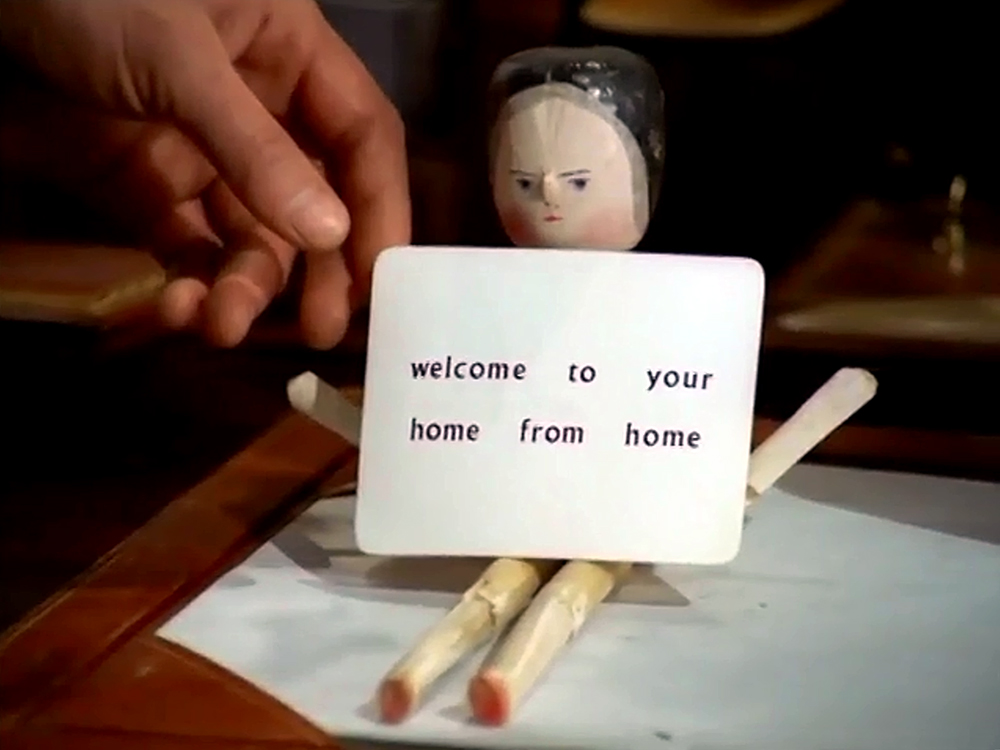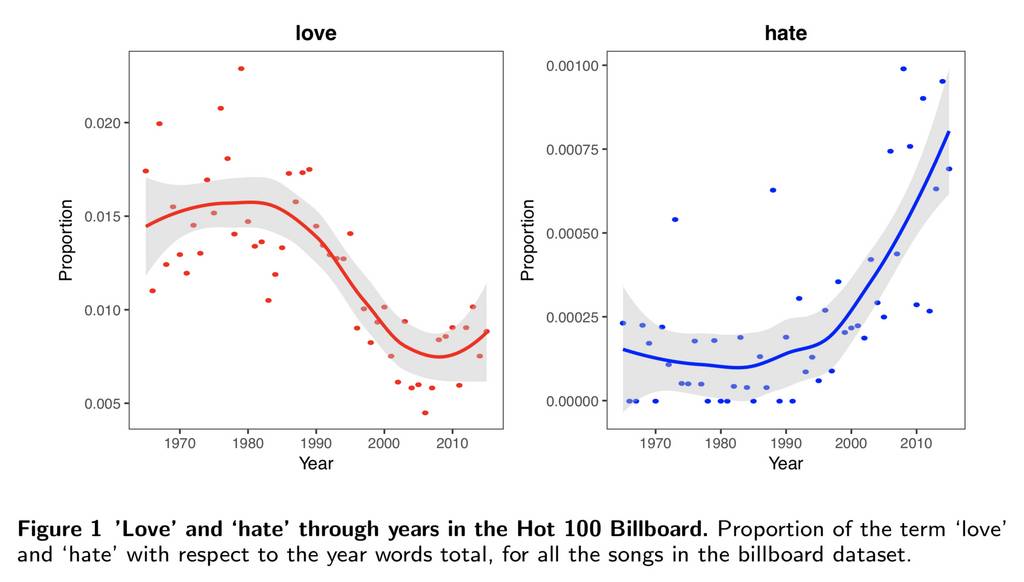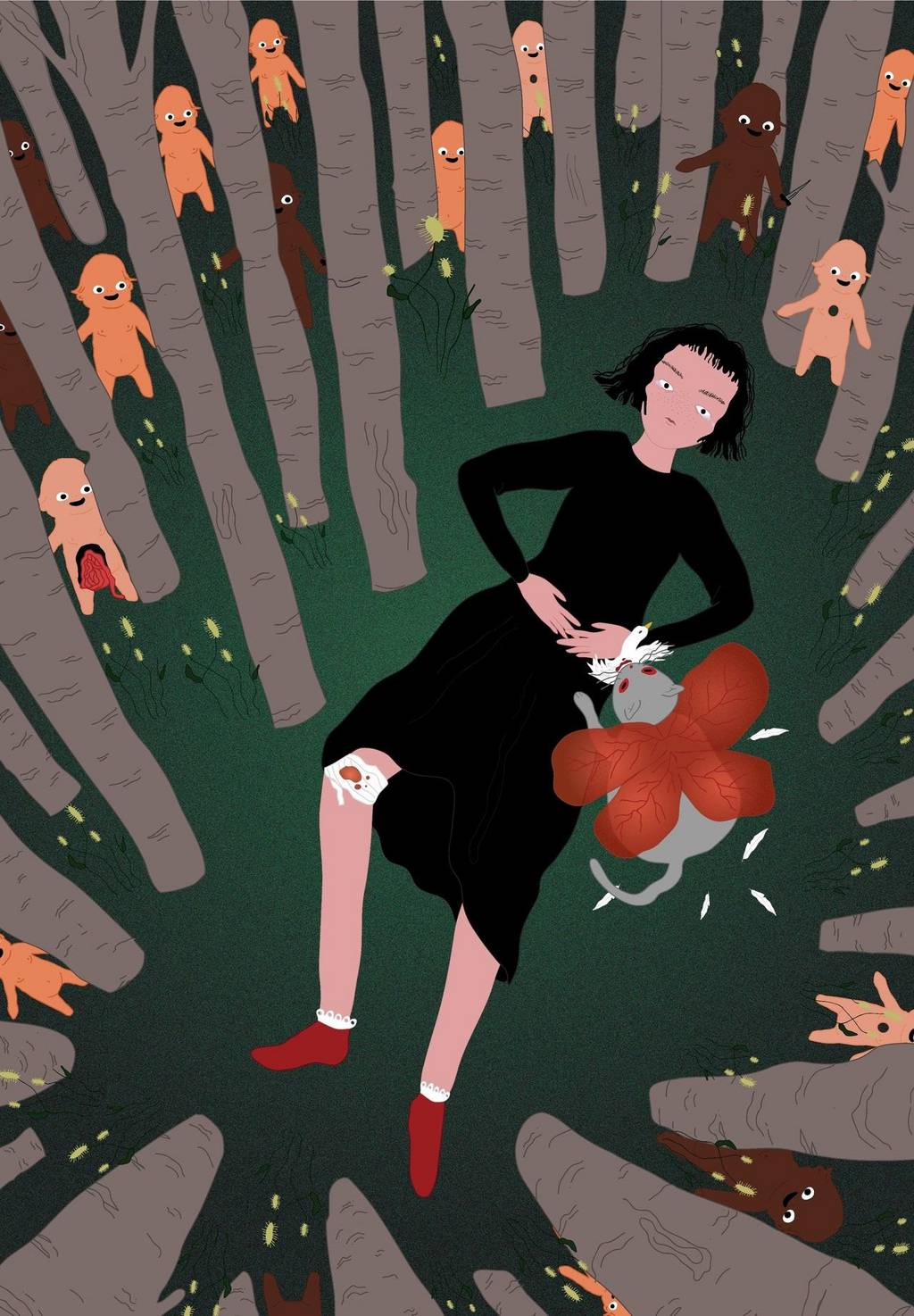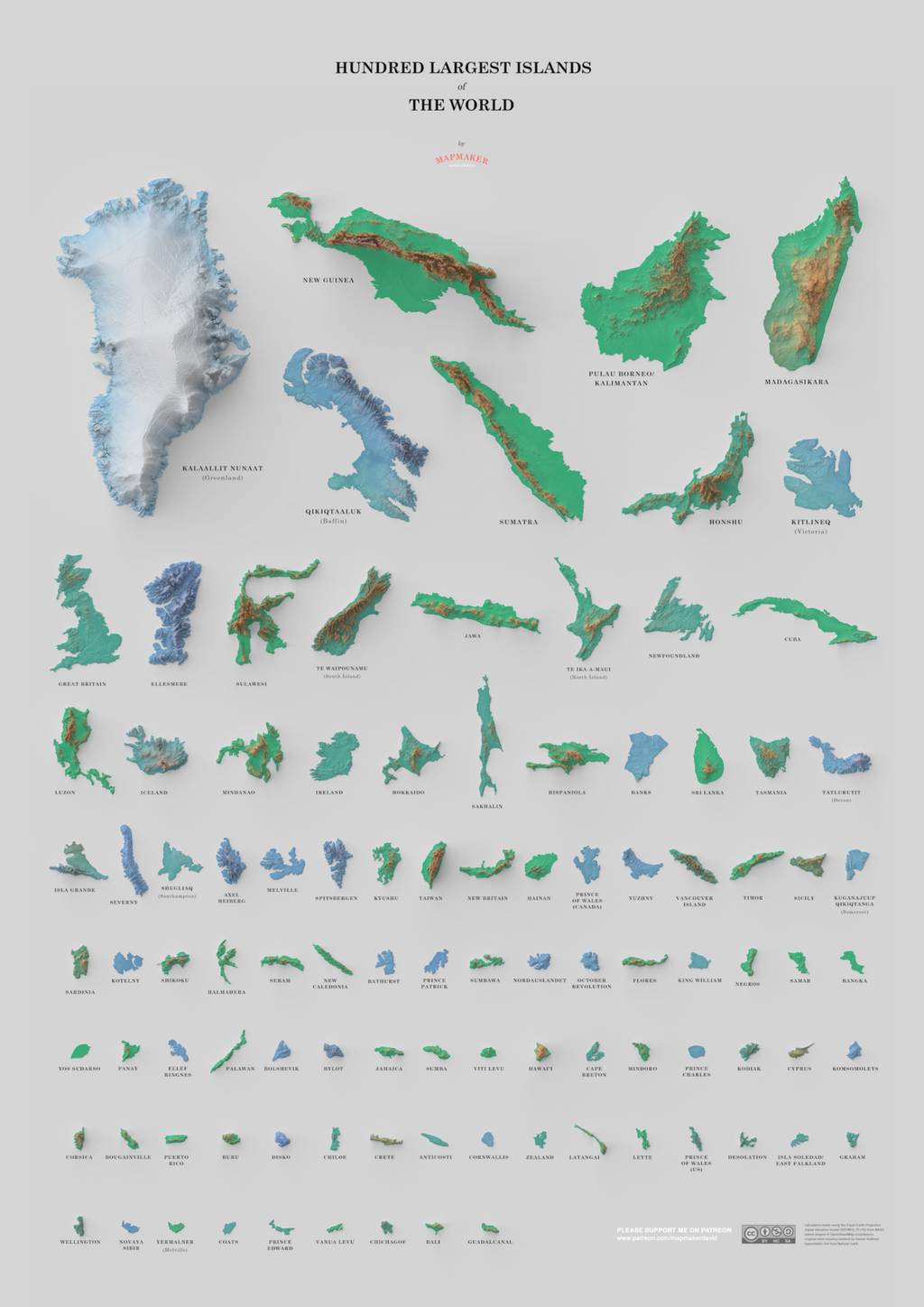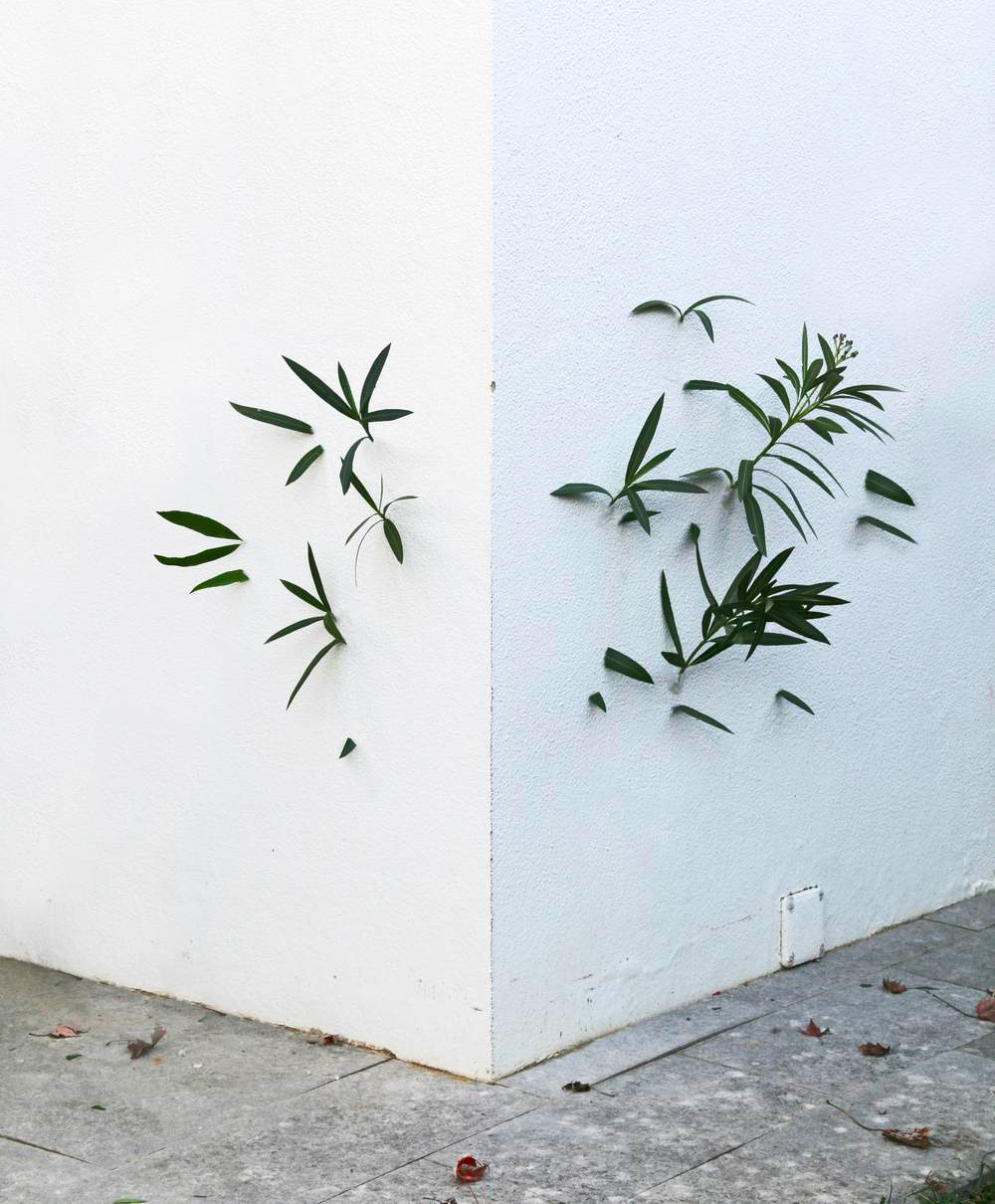Negative feelings have been rising
2019 World Happiness Report
May 7th, 2019
Via Yes!: "According to the 2019 World Happiness Report, negative feelings are rising around the world—and the United States is particularly hard hit with an 'epidemic of addictions.' Tellingly, the report also shows a widening happiness gap, with some people reporting much more well-being and others showing much less within each country.
Released annually on the International Day of Happiness, the World Happiness Report ranks countries based on their life satisfaction in the Gallup World Poll. Residents rate how satisfied they are with their lives on a scale of zero to 10, from the worst possible life to the best possible life.
This year, the most satisfied country was Finland, followed by Denmark, Norway, Iceland, and the Netherlands. [...]
One trend is very clear: Negative feelings—worry, sadness, and anger—have been rising around the world, up by 27 percent from 2010 to 2018. [...]
One thing is certain, says Sachs: 'The U.S. is suffering an epidemic of addictions.' This includes an addiction to technology, which researcher Jean Twenge largely blames for the worrying mental health trends among U.S. adolescents. In her chapter of the report, she argues that screen time is displacing activities that are key to our happiness, like in-person social contact. Forty-five percent of adolescents are online 'almost constantly,' and the average high school senior spends six hours a day texting, on social media or on the internet.
But we’re hooked on more than just technology. According to researcher Steve Sussman, around half of Americans suffer from at least one addiction. Some of the most prevalent are alcohol, food, and work—which each affect around 10 percent of adults—as well as drugs, gambling, exercise, shopping, and sex."
